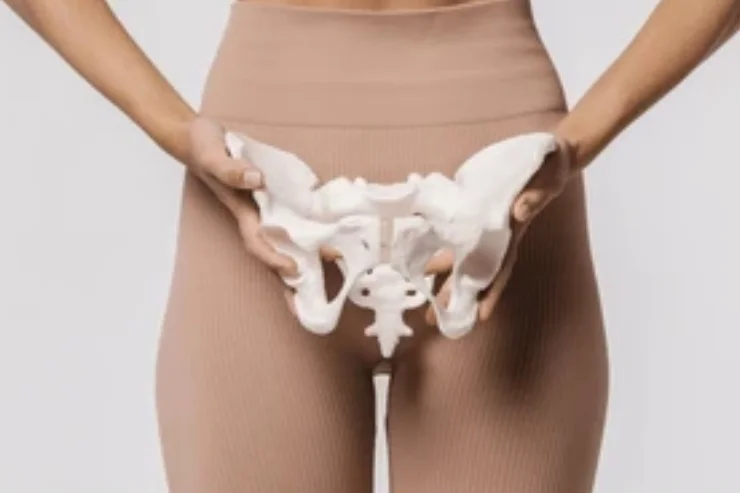Pelvic Organ Prolapse

Pelvic organ prolapse (POP) occurs when the pelvic organs, such as the bladder, uterus, or rectum, descend or bulge into the vaginal canal due to weakened pelvic floor muscles and connective tissues. This condition can lead to discomfort and various urinary, bowel, and sexual symptoms, significantly affecting a woman’s quality of life.
Types of Pelvic Organ Prolapse
There are several types of pelvic organ prolapse, including:
- Cystocele: Prolapse of the bladder into the front wall of the vagina.
- Rectocele: Prolapse of the rectum into the back wall of the vagina.
- Uterine Prolapse: Descent of the uterus into the vaginal canal.
- Enterocele: Prolapse of the small intestine into the vaginal canal.
Causes and Risk Factors
The exact cause of pelvic organ prolapse is often a combination of several factors, including:
- Childbirth: Vaginal delivery, especially of large babies or multiple births, can stretch and weaken pelvic support structures.
- Age: The risk of prolapse increases with age due to the natural decline in pelvic muscle strength and hormonal changes during menopause.
- Obesity: Extra weight can add pressure on the pelvic floor, contributing to the development of prolapse.
- Genetics: A family history of prolapse can increase the likelihood of developing the condition.
- Chronic Coughing: Conditions that cause chronic cough can create excessive pressure on the pelvic floor.
- Constipation: Straining during bowel movements can weaken pelvic support structures over time.
- Heavy Lifting: Repeated heavy lifting can strain pelvic muscles.
Symptoms of Pelvic Organ Prolapse
Women with pelvic organ prolapse may experience a variety of symptoms, including:
- Feeling of Pressure: A sensation of heaviness or pressure in the pelvic area.
- Bulging or protrusion: A visible bulge in the vagina or feeling tissue falling out.
- Urinary Symptoms: Frequent urination, urgency, leakage, or difficulty emptying the bladder.
- Bowel Symptoms: Difficulty with bowel movements or a sensation of something blocking the rectum.
- Sexual Dysfunction: Discomfort during intercourse or changes in sexual function.
Conclusion: Managing Pelvic Organ Prolapse
Pelvic organ prolapse is a common condition that can be effectively managed through a range of treatment options. Early diagnosis and a comprehensive treatment approach involving healthcare professionals can greatly improve symptoms and enhance a woman’s quality of life.
